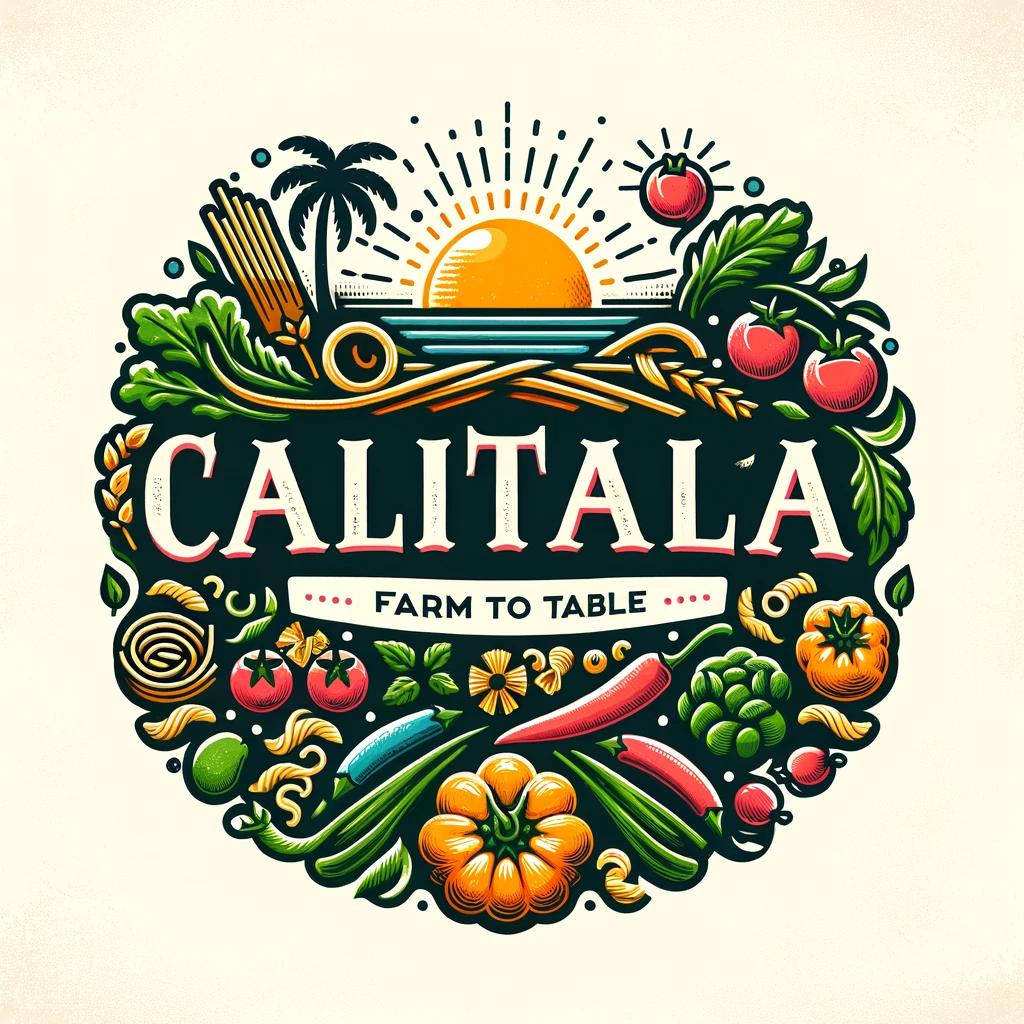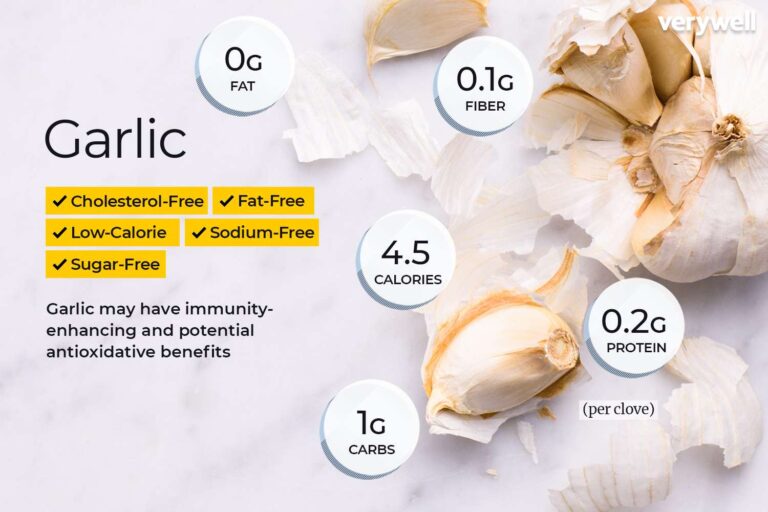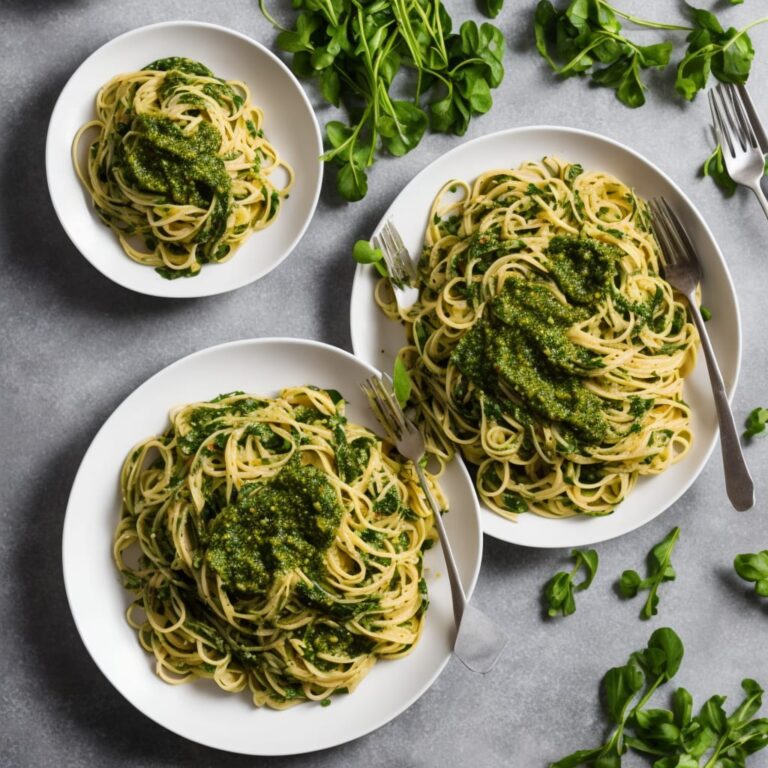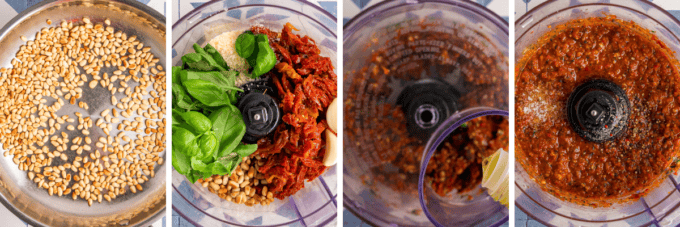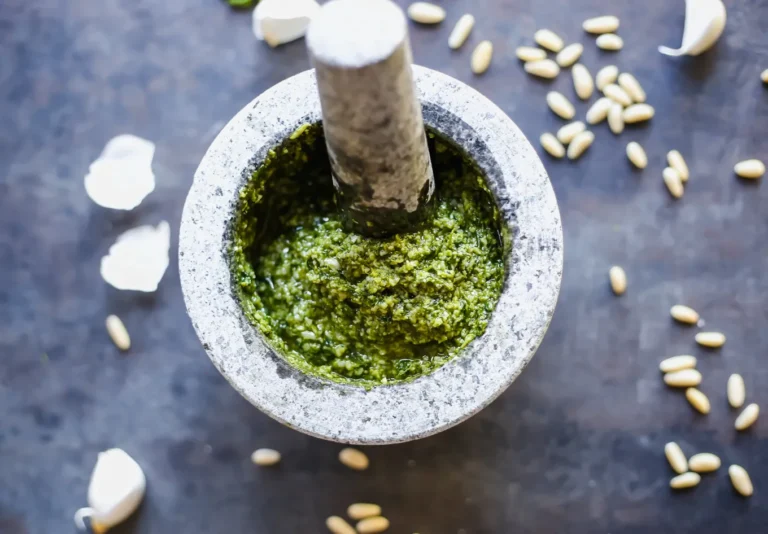When you think of Italian cuisine, paprika might not be the first spice that jumps to mind. But let’s talk about how this versatile spice can sneak its way into Italian dishes, starting with something a bit unconventional—like a BBQ chicken rub that’s sugar-free.
This vibrant spice, commonly embraced for its ability to add depth and color, can actually complement the robust flavors of Italian cooking in a surprising yet delightful way. Let’s dive into the Use of Paprika in Italian Food and how it can shake things up in your Italian culinary adventures, adding a twist to the traditional palate without stealing the spotlight.
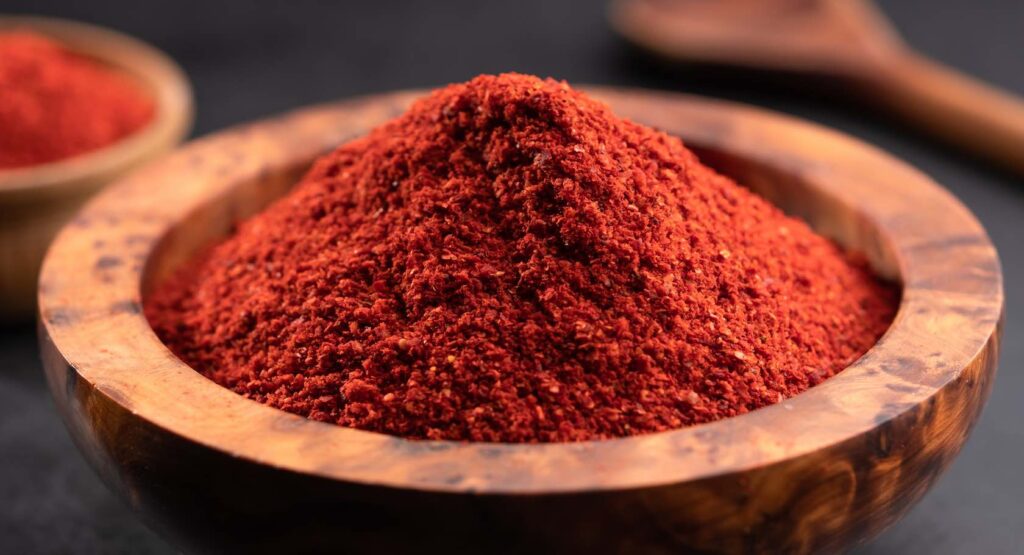
What is paprika commonly used for?
Paprika is a super versatile spice that jazzes up a bunch of dishes across different cuisines. It’s made by grinding up certain types of dried red peppers, ranging from sweet and mild to hot and spicy. Here’s what it’s commonly used for:
- Color and Flavor in Cooking: Paprika is a champ at adding a vibrant red color and a sweet, smoky flavor to foods. It’s a staple in many spice rubs, marinades, and seasoning blends.
- Meat Dishes: It’s a go-to for seasoning chicken, beef, and pork. Think of classic dishes like Hungarian goulash and Spanish chorizo, where paprika is front and center.
- Vegetarian Recipes: Paprika isn’t just for meat-eaters; it’s also great in veggie dishes. It can add depth to roasted vegetables, soups, and stews.
- Garnishing: A sprinkle of paprika can make simple dishes like deviled eggs and potato salad look more appetizing and add a subtle flavor boost.

In Italy, paprika does indeed make some special appearances. It’s not the traditional go-to spice, but when it shows up, it definitely brings something unique to the table. Adding paprika to seafood sauces is a smart move—it lends a sweet, smoky undertone that really enhances the flavor of the fish. And in risottos? It can help build a complex flavor profile that elevates the dish.
Then there’s its use in cheeses. Imagine a soft, creamy cheese with a dusting of paprika on the rind, adding just a hint of earthiness and color.
It’s a subtle touch that can transform a simple cheese board into something a bit more intriguing.
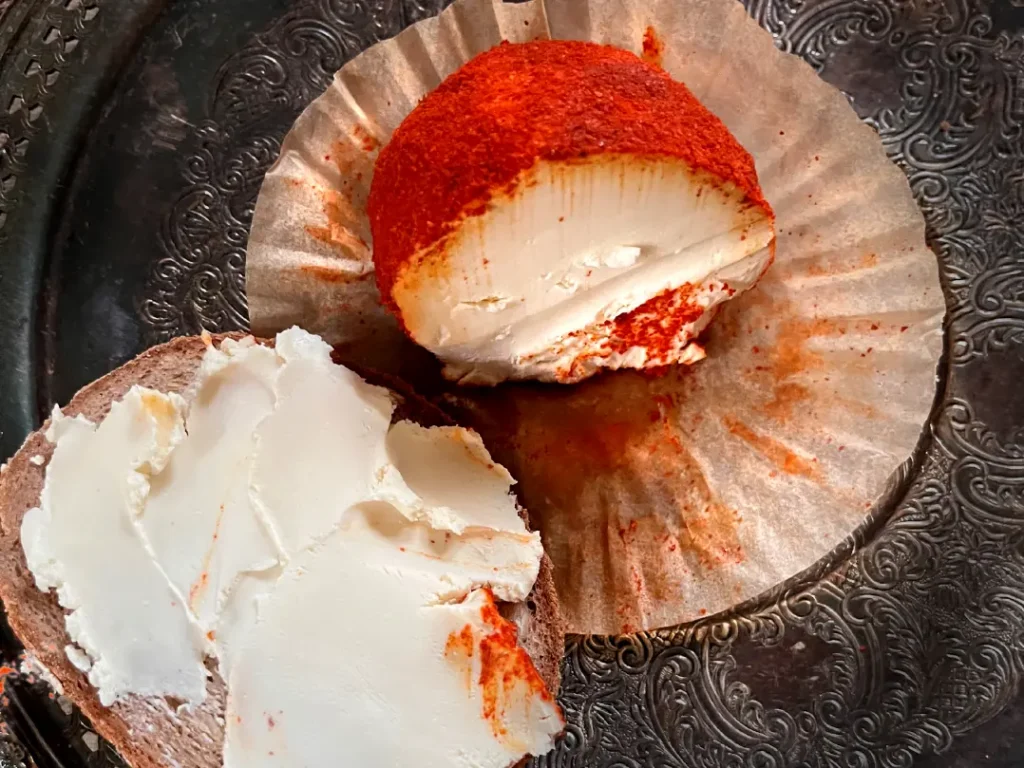
Over in France, paprika shines in dishes like ‘Chicken basquaise,’ a hearty stew where it blends with peppers, tomatoes, and onions to create a rich, deeply flavorful sauce. It’s these kinds of dishes that showcase paprika’s ability to bring warmth and depth, making it a beloved ingredient in various European cuisines.
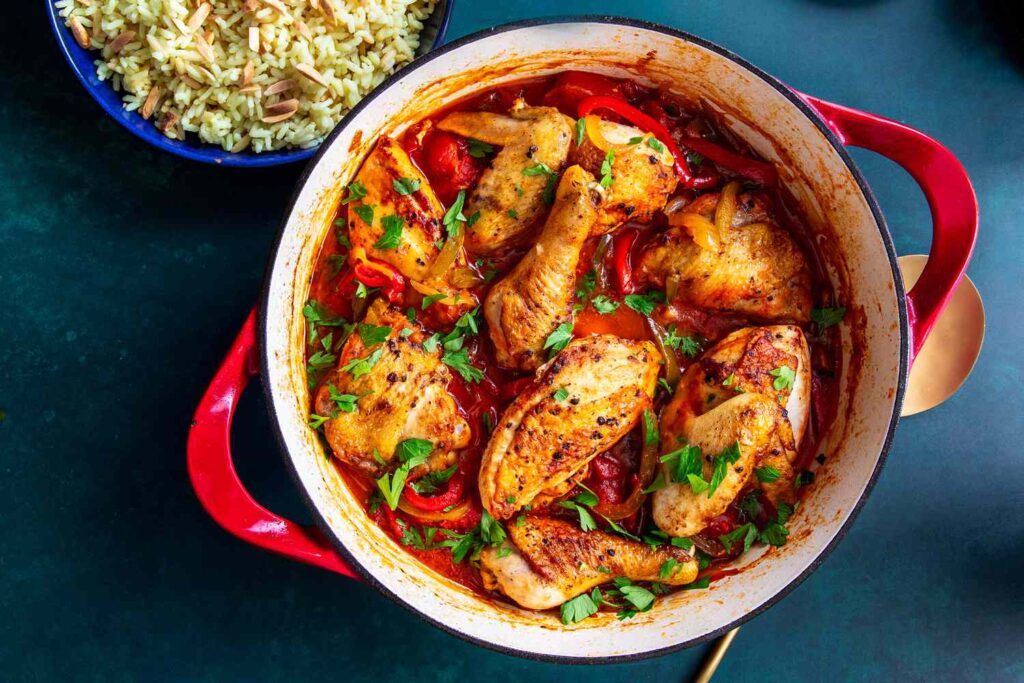
What spices are commonly used in Italian food?
Italian cuisine is all about a medley of flavors, and while paprika isn’t the most traditional Italian spice, it’s finding its way into more modern Italian kitchens. Here are some of the key spices and herbs commonly used in Italian cooking:
- Basil – Probably one of the most iconic herbs in Italian food, basil is fresh and fragrant, a staple in pesto and many pasta sauces.
- Oregano – This robust herb adds depth to pizzas, pastas, and grilled meats.
- Rosemary – With its woodsy flavor, rosemary is perfect for seasoning meats and focaccia.
- Thyme – Another versatile herb, thyme is used in soups, sauces, and roasted vegetables.
- Garlic – Not exactly a spice, but it’s essential in Italian cooking for adding that punch of flavor.
- Sage – Used in dishes like Saltimbocca and various pasta fillings.
- **Paprika – Gaining popularity for its ability to add a mild sweetness and vibrant color to dishes like seafood sauces and some risottos.

These spices and herbs form the backbone of Italian flavor profiles, bringing dishes to life with their distinctive tastes and aromas.
Use of Paprika in Italian Food recipes
Here are some Italian-inspired recipes where paprika can shine:
1. Paprika Pepper Pasta
This vibrant pasta dish combines sweet bell peppers and spicy paprika for a simple yet robust meal.

Ingredients:
- Pasta (like spaghetti or penne)
- Bell peppers (mixed colors)
- Onion
- Garlic
- Paprika
- Olive oil
- Parmesan cheese
- Salt and pepper
Steps:
- Cook pasta according to package instructions.
- Sauté onion and garlic in olive oil until translucent.
- Add sliced bell peppers and cook until soft.
- Stir in paprika, salt, and pepper.
- Toss cooked pasta with the vegetable mixture.
- Serve with grated Parmesan.
2. Smoked Paprika Chicken Pasta
Smoky paprika and tender chicken breast make this pasta dish deliciously comforting.

Ingredients:
- Chicken breast
- Smoked paprika
- Pasta (like fettuccine)
- Heavy cream
- Onion
- Garlic
- Olive oil
- Salt and pepper
Steps:
- Season chicken with smoked paprika, salt, and pepper.
- Sear chicken in a pan until golden, then set aside.
- In the same pan, sauté onion and garlic.
- Add heavy cream and let it simmer.
- Slice chicken and add to the sauce.
- Serve over cooked pasta.
3. Pampanella – Molisani Paprika-Roasted Pork
Pampanella features succulent pork seasoned with sweet paprika, a staple in Molise cuisine.
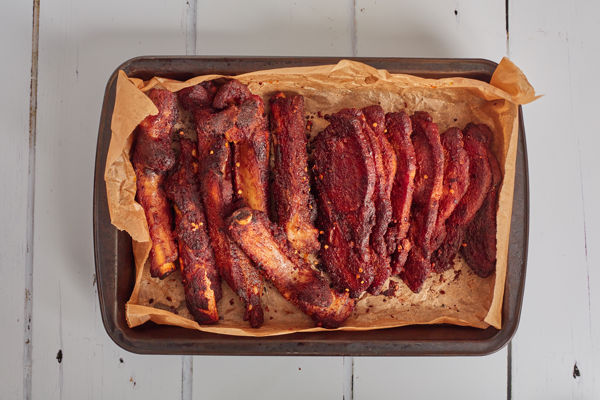
Ingredients:
- Pork shoulder
- Sweet paprika
- Garlic powder
- Olive oil
- Salt and pepper
Steps:
- Rub pork with a mixture of paprika, garlic powder, salt, and olive oil.
- Roast in a preheated oven at 350°F until tender (about 90 minutes).
- Let rest before slicing.
- Serve with juices from the roast.
4. Paprika-Spiced Shrimp with Polenta
This dish pairs smoky, paprika-spiced shrimp with creamy, buttery polenta for a perfect balance.
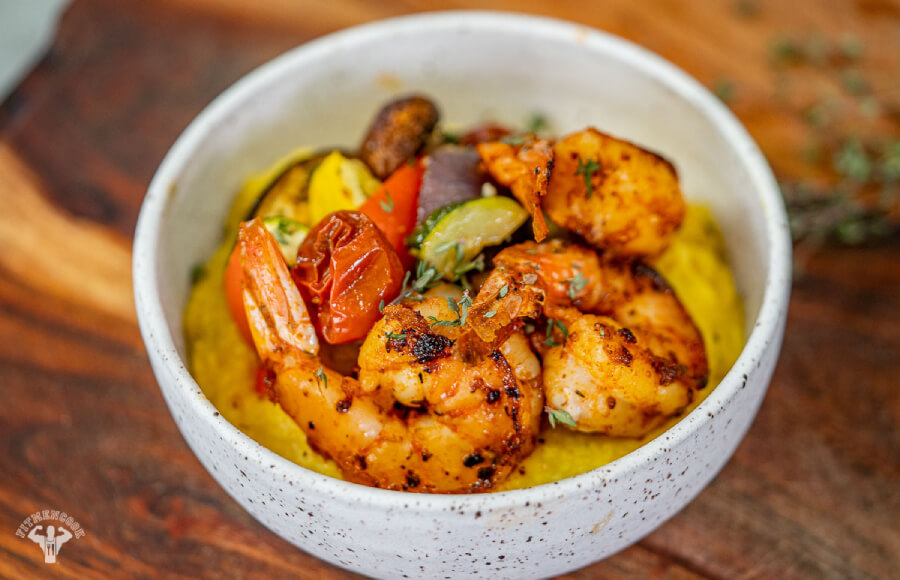
Ingredients:
- Shrimp
- Smoked paprika
- Polenta
- Butter
- Parmesan cheese
- Garlic
- Olive oil
Steps:
- Marinate shrimp in olive oil and smoked paprika.
- Cook polenta with water, stir in butter and Parmesan.
- Sauté shrimp until pink and cooked through.
- Serve shrimp over polenta.
5. Smoky Paprika Chicken Cacciatore
A smoky twist on the classic Italian hunter’s chicken stew, using paprika for extra depth.
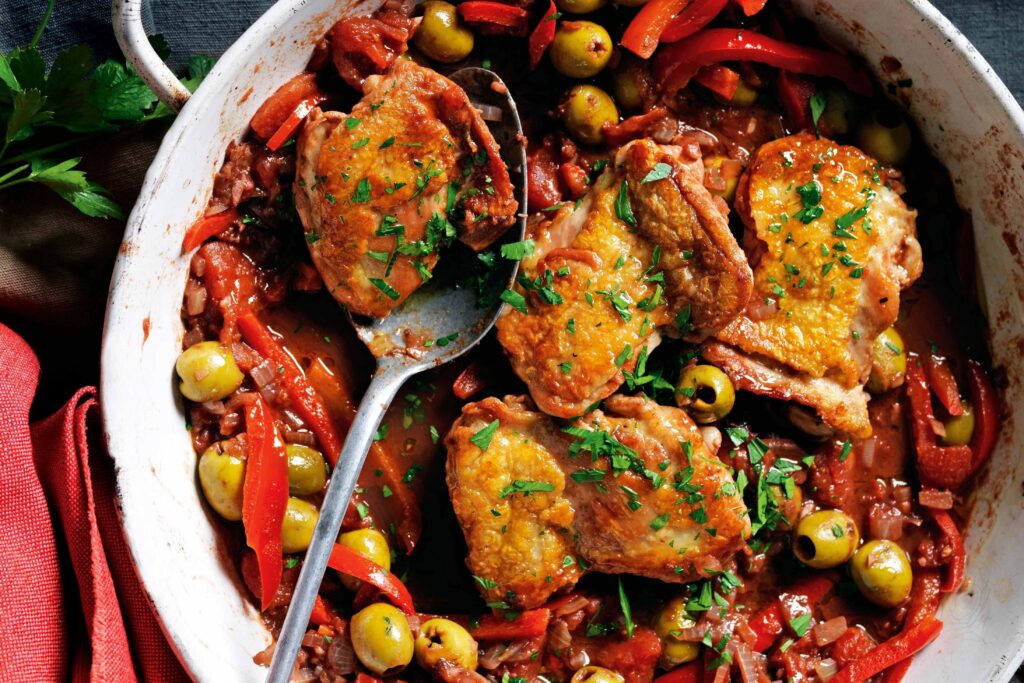
Ingredients:
- Chicken thighs
- Smoked paprika
- Tomatoes
- Onion
- Bell peppers
- Garlic
- Olive oil
- White wine
- Salt and pepper
Steps:
- Season chicken with smoked paprika, salt, and pepper.
- Brown chicken in olive oil, remove from pan.
- Sauté onions, garlic, and bell peppers.
- Deglaze pan with white wine, add tomatoes and return chicken to the pan.
- Simmer until chicken is cooked through.
- Serve hot.
While paprika is not traditionally dominant in Italian cuisine, its growing popularity reflects modern culinary trends that embrace broader influences.
Paprika, known for its vibrant color and range of flavors—from sweet to smoky to hot—adds a unique dimension to dishes that might otherwise rely on more typical Italian herbs and spices.
This versatility makes it an increasingly favored choice among chefs and home cooks looking to add depth and warmth to their dishes.
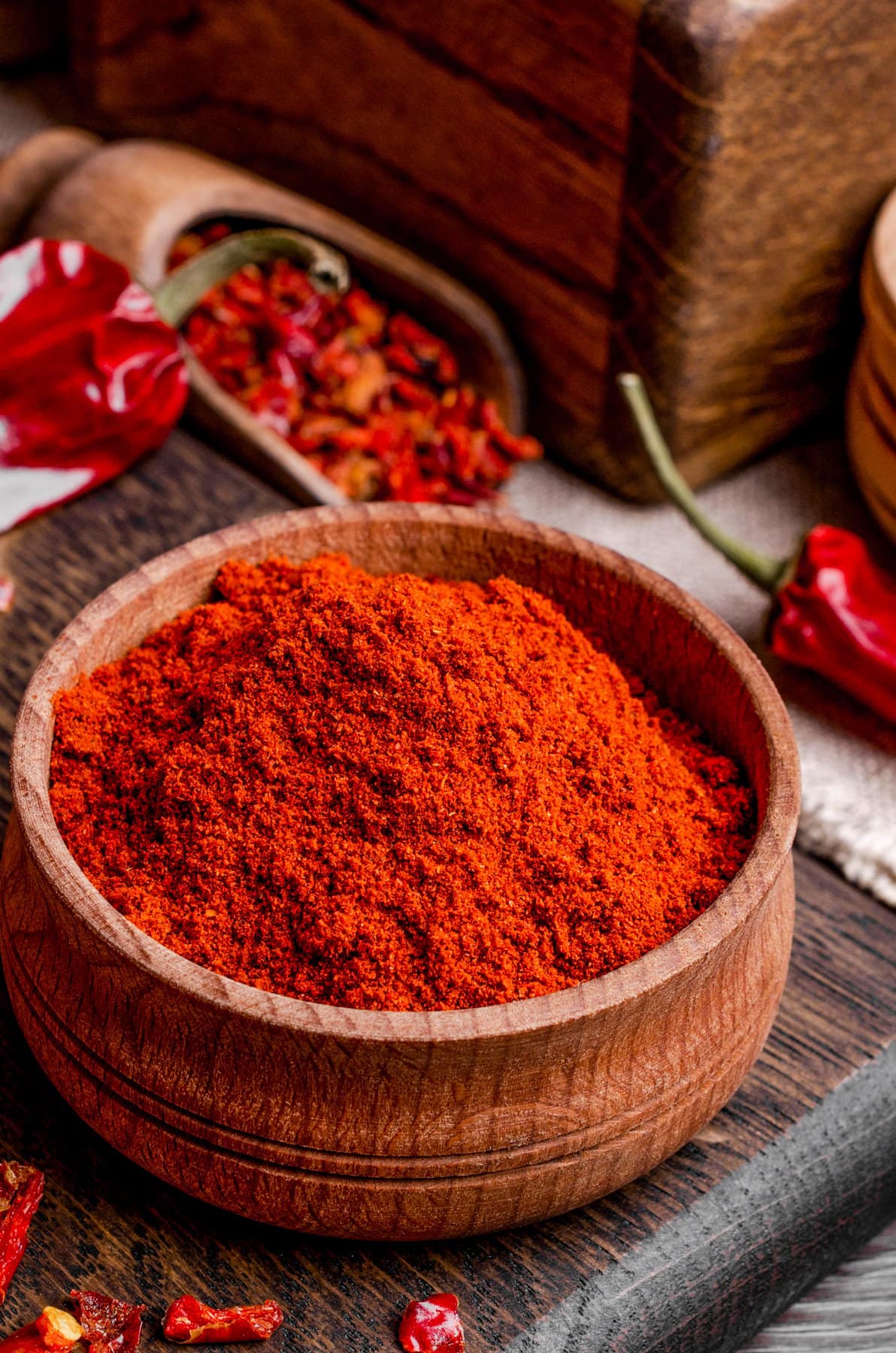
In Italy, the integration of paprika can be seen in innovative recipes that fuse traditional Italian elements with new ingredients for contemporary tastes. For example, it enhances the color and flavor profiles in sauces, especially those served with seafood, and in meats like the Molisani dish Pampanella.
Additionally, its use in risottos and cheeses showcases how paprika can subtly elevate simple dishes with its distinct, warm, and slightly earthy notes. Thus, paprika’s adaptability and its ability to complement a wide array of ingredients underscore its rising prominence in modern Italian cooking.
Conclusion
Paprika, though not a traditional cornerstone of Italian cuisine, has carved out a niche in modern Italian cooking. Its ability to impart depth, warmth, and a visually appealing hue makes it a valuable ingredient in a variety of dishes, from seafood sauces to inventive pastas.
As culinary boundaries continue to blur, the integration of paprika into Italian recipes is a testament to the evolving palate of Italian food enthusiasts who appreciate a twist on the classics. Embracing such global flavors not only enriches the culinary experience but also enhances the creativity and diversity found in contemporary Italian kitchens.
